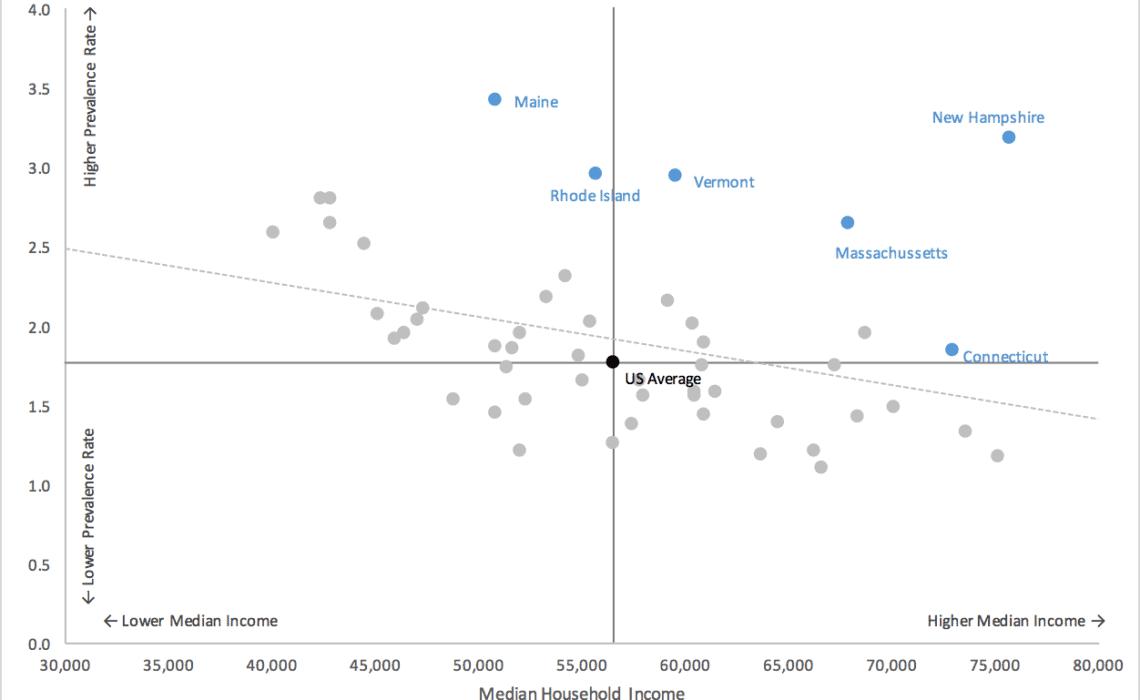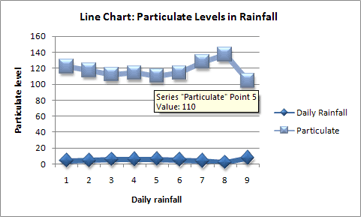

Using Microsoft SQL Server 2016 Report Builder, I have created a report dataset based on Table 1. poor, average, good, excellent) with respect to points accumulated vs goal difference. I use this data to determine a football club’s performance (i.e. For the purposes of this demo, my XY Scatter graph is based on data collected during the 2017/2018 UEFA Champions’ League season. Depending on the labels that you have assigned to your quadrants, an XY Scatter graph can give you a breakdown of your company’s Strengths, Weaknesses, Opportunities, and Threats (SWOT) against predefined measure.Īs the name implies, XY Scatter graphs require two sets of measures (X and Y) to successfully plot a single data point. XY Scatter graphs with quadrants can easily improve readability of your report and be very effective in indicating where scattered data points fall within a given quadrant. In this article, I continue to look at Excel-to-SSRS report migration but instead of heatmaps, I focus on demonstrating some of the tricks and tips that I’ve recently had to employ in order to successfully replicate Excel’s XY Scatter Report Chart (with Quadrants) into an SSRS platform. In the same article, I went on to suggest 3 main workarounds for replicating Excel’s heatmap feature into an SSRS report. In the article, Available options for generating heatmaps in an SSRS report, I covered some of the limitations of SQL Server Reporting Services (SSRS) specifically when it comes to native support for heatmaps compared to other Microsoft reporting tools and thus how such a limitation can make it difficult for BI developers to perform like-for-like migration of Excel reports (with heatmaps) into SSRS reports.

In this article, I’ll share some of the tricks and tips that I had to employ in order to successfully replicate Excel’ XY Scatter Report Chart.


 0 kommentar(er)
0 kommentar(er)
